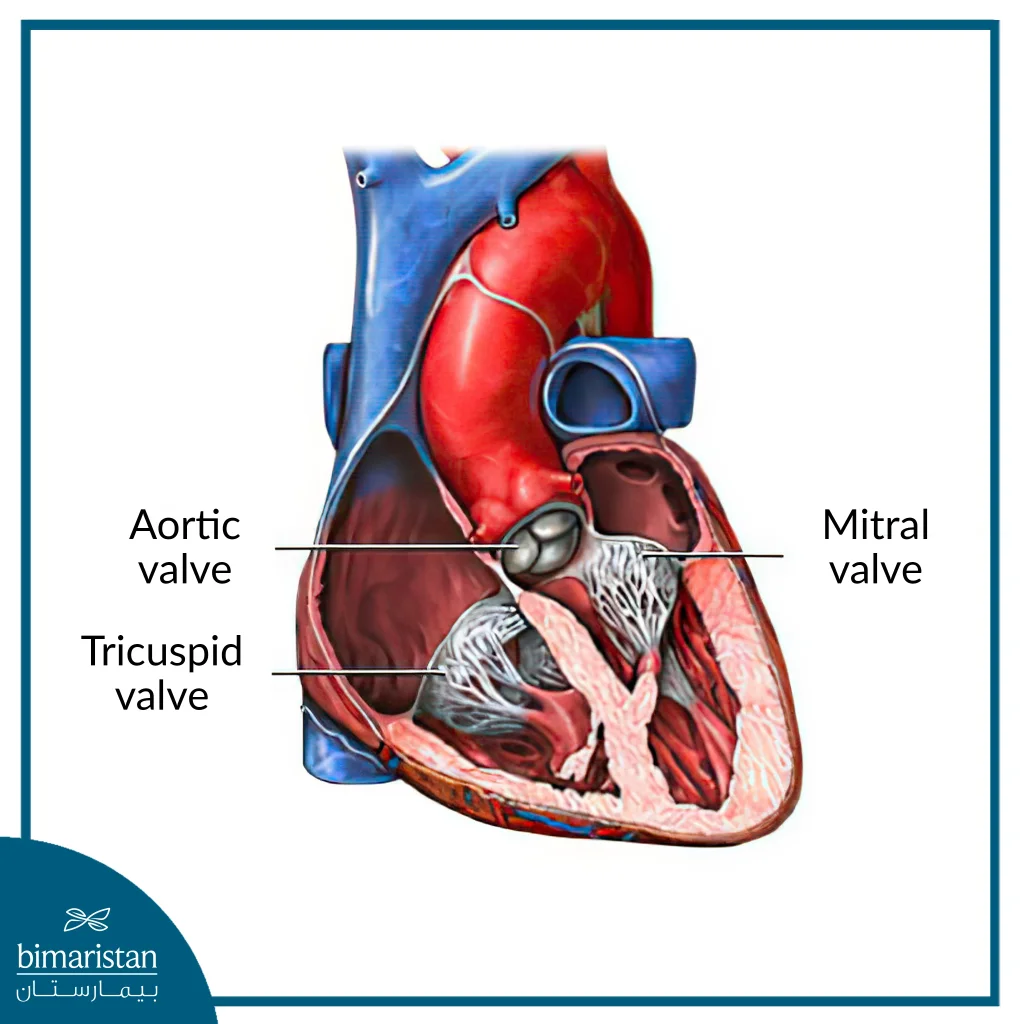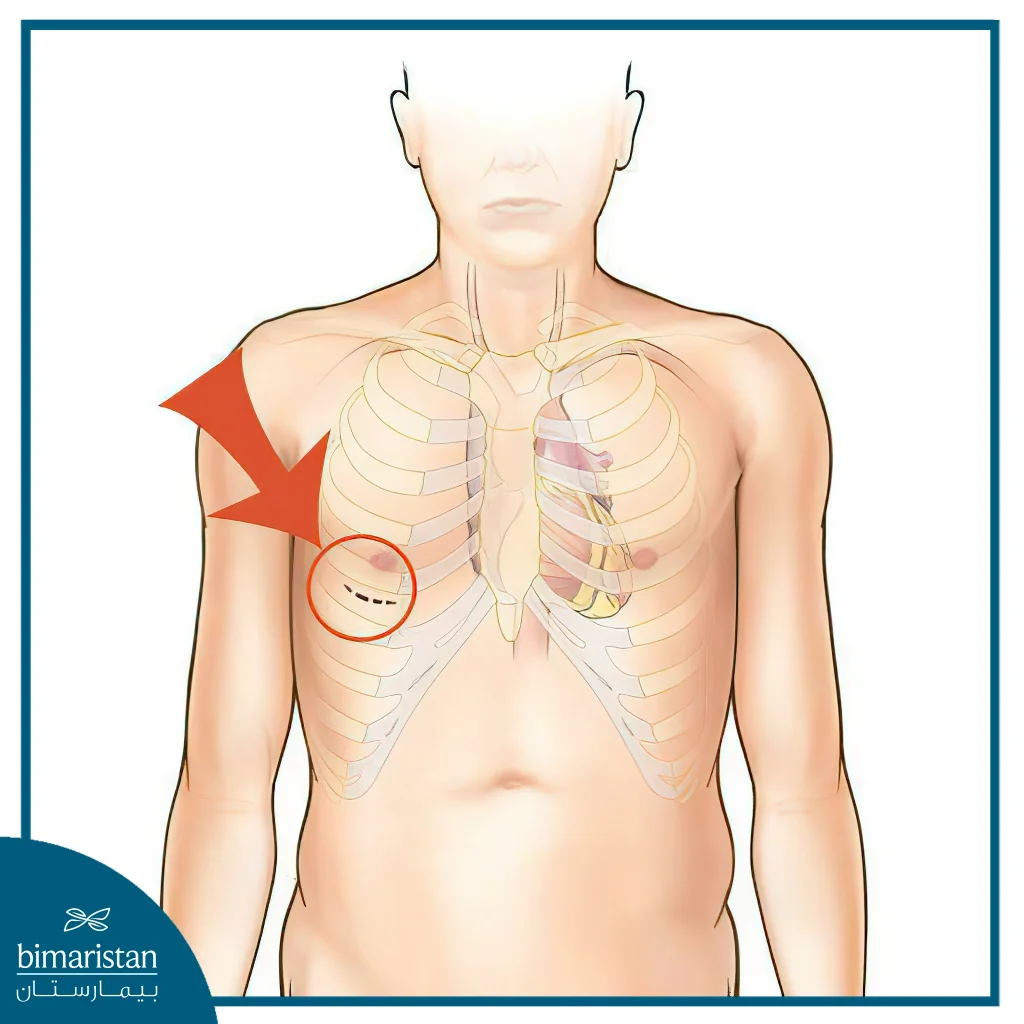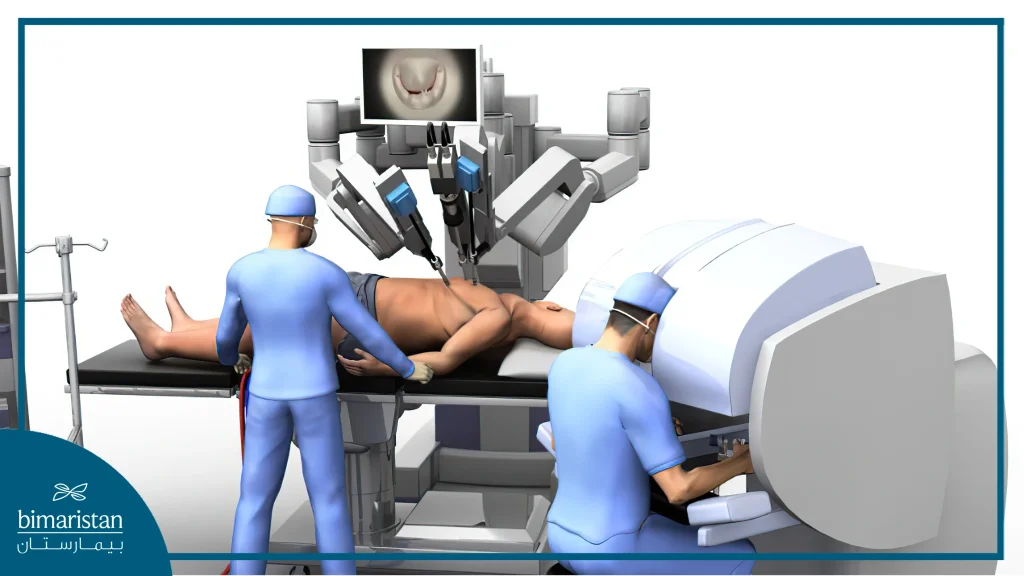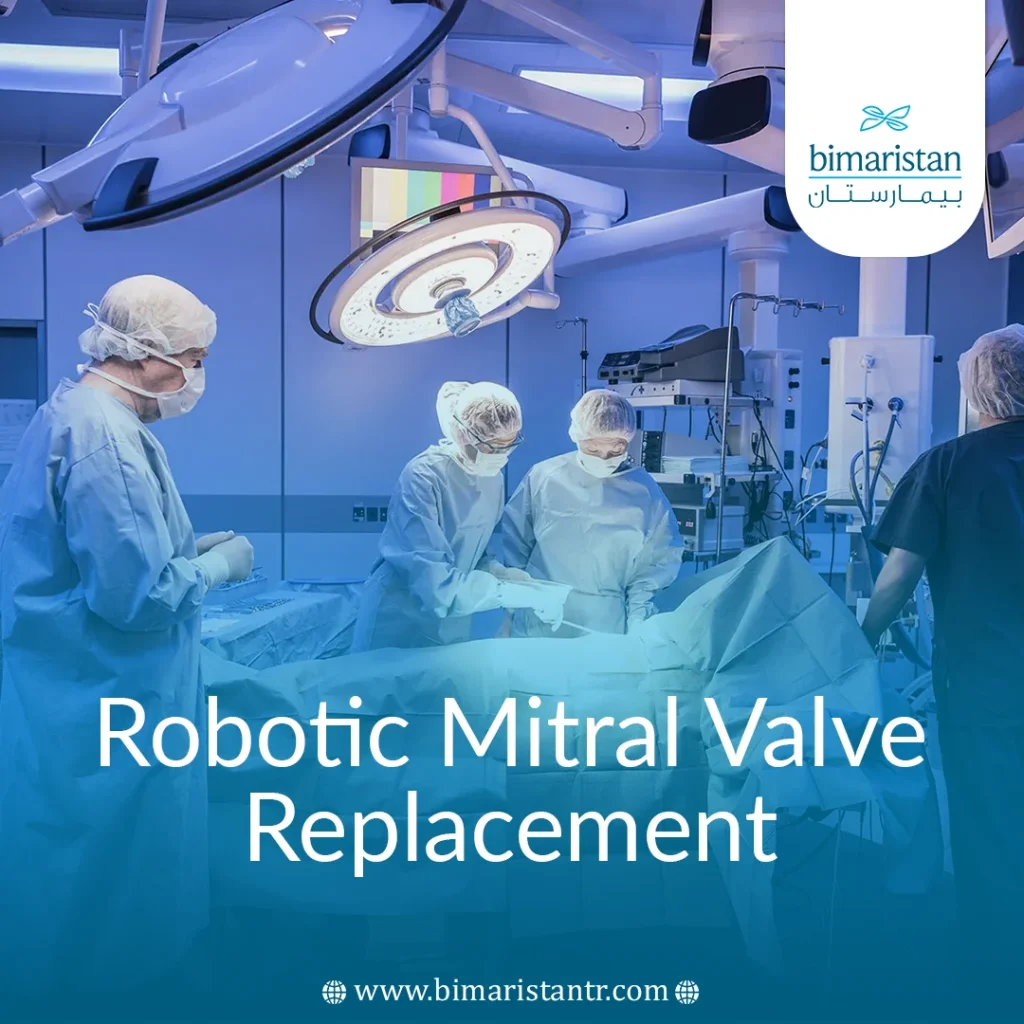Robotic mitral valve replacement offers significant hope for patients with mitral valve failure, as it is one of the latest methods in cardiac surgery in Turkey.
The mitral valve is the most important valve in the heart’s function. This valve may suffer from functional failure due to genetic and congenital abnormalities, rheumatic heart disease, infections, or even heart attacks.
Open-heart surgery carries several risks, especially for the elderly, which has led to the development of minimally invasive procedures, including robotic mitral valve replacement.
Robotic mitral valve replacement and its advances in heart surgeries
The mitral valve is located between the heart’s left atrium and left ventricle. Its primary role is to pump oxygenated blood from the lungs through the aorta to the entire body.

Mitral valve prolapse is the most common mitral valve issue, affecting 1 to 2% of the population. It typically occurs in individuals between 60 and 70 but can also affect people in their twenties or late eighties.
Prolapse means that the valve leaflets do not close tightly. Many people do not notice symptoms, but some (about 20 to 30%) may experience mitral regurgitation, where blood flows backward, potentially causing heart failure symptoms such as shortness of breath and irregular heartbeat.
Causes of mitral valve failure
Mitral valve prolapse and leaflet relaxation towards the left atrium (mitral valve prolapse) are hereditary and more common in women.
Issues in collagen production, which provides strength and durability to the valve structure and its supporting ligaments, can lead to elongation and gaps in the valve’s support structures. More than 90% of these defects can be repaired.
Additionally, rheumatic heart disease or previous infections of the heart valve lining may cause mitral valve insufficiency.
Symptoms of mitral valve failure
Initially, the disease may not present symptoms, but they become apparent as the condition progresses. At this stage, the amount of blood pumped by the heart decreases, causing the heart to work harder and beat faster to compensate, which leads to cardiac muscle fatigue.
Symptoms may occur during the early stages of exertion or exercise and may also present at rest as the disease advances. Symptoms include general fatigue, rapid heartbeat, and shortness of breath during exertion.
As the valve insufficiency worsens, heart failure can cause shortness of breath even when lying down, leading to difficulties in sleeping due to the urgent need for oxygen.
Diagnosis and treatment of mitral valve prolapse
Early diagnosis is crucial. Echocardiography is the most important and easiest diagnostic method.
Valve repair is considered the most accepted treatment worldwide for this condition.
Repairing the mitral valve is generally preferred to replacing it, given the longevity of the new valve.
Prompt treatment protects the patient from heart failure and helps preserve cardiac function.
Robotic mitral valve replacement in Turkey
Mitral valve replacement surgery can be performed in Turkey using either minimally invasive surgery (with a small incision) or robotic-assisted surgery (robotic mitral valve replacement).
In minimally invasive surgery, the procedure is performed using specialized instruments through a small incision below the breast area, approximately 5-6 cm in length, with a camera to visualize the surgical field. Compared to traditional surgery, this results in significantly less damage to the chest wall and surrounding tissues.
Heart valve replacement in Turkey has evolved from traditional open surgery to minimally invasive or robotic surgery.

In robotic mitral valve repair, a 2-3 cm incision is made, and all surgical procedures are performed with the help of a robot, achieving results similar to open surgery. However, it avoids the large scars associated with open surgery, reduces surgical pain, lowers the risk of bleeding and infection, and speeds up recovery.

Advantages of robotic mitral valve replacement
There are a lot of advantages of robotic heart valve replacement, and some of them include:
- Smaller surgical incisions compared to traditional open surgery.
- Less bleeding and significantly reduced blood loss.
- Lower infection rates due to smaller incisions.
- Faster recovery and less pain for the patient.
- Shorter hospital stay, typically no more than 4-5 days.
- Faster return to daily activities compared to open surgery.
Disadvantages of robotic mitral valve replacement
The main drawbacks are relatively minor but could be significant for some patients.
The robotic valve replacement is costly due to the use of advanced robotic technology.
Additionally, the complexity of the surgery and the need for doctors to gain more experience with robotic techniques might be a concern.
Studies indicate that this method has shown promising valve replacement and repair results, even though it is relatively new to many doctors.
Contact us at the Bimaristan Center, your family’s health center in Turkey. You can also read about the latest treatments for cardiac diseases on our website.
In conclusion, robotic mitral valve replacement is a modern, effective, and minimally invasive approach. Doctors are increasingly adopting minimally invasive techniques to improve cosmetic outcomes and reduce patients’ side effects and pain.
References:
- Is Robotic Mitral Valve Surgery an Option for You? Yale Medicine.
- Minimally Invasive Mitral Valve Surgery, Standford HEALTH CARE.

